Tens of thousands of soldiers passed through the gate on the way to the front. Most did not return.
The gate displays the names of 54,896 soldiers who went missing between the outbreak of the war and 15th August 1917.
Every evening at 8 pm the Last Post is sounded. http://www.lastpost.be/
The Last Post was a bugle call played in the British Army (and in the armies of many other lands) to mark the end of the day's labours and the onset of the night's rest. In the context of the Last Post ceremony (and in the broader context of remembrance), it has come to represent a final farewell to the fallen at the end of their earthly labours and at the onset of their eternal rest.
Excerpt from The Last Post Website, more details here.
The service was moving, but somewhat different to the stories I had heard from others. A few people had built it up to be 'extraordinary' going into raptures about how 'you MUST go there.'
Noel and try to avoid extolling sights we've experienced to others - even wonderful things. We may say how much we enjoyed it - but we rarely tell people what they 'must' do. We are all different and enjoy different things - I've often found that when someone insists you see/go to/visit a certain something, the build up is such that it is actually a disappointment. Hence, we let people make up their own minds.
Thought Provoking
Menin Gate wasn’t a disappointment, but it was more thought provoking than moving. We were glad we had avoided the service on ANZAC day, we would have been two miles down the street away from the actual service behind thousands of people. The day we went was crowded enough, with people fighting for prime standing space, a forest of arms stretching to the sky clutching mobile phones, recording every moment. Tall tour guides shoved their customers in front of anyone that dared to give way and then stood at the front witnessing from a prime position, a service that they must see most days.
Respectful
The announcer asked that we not clap. After all it was not a show. But what spoilt it for me was all the filming. As well as asking people not to clap, they should state that no filming and picture taking should occur. I found this terribly disrespectful - not because we couldn't see anything behind the forest of arms - but we were there to remember and be thankful for all those that paid the ultimate price for us - it's a moment in time, in a ceremony, where we should just 'be'.
I found a quiet morning at Menin Gate far more moving. No tourists pushing and shoving for prime viewing. No cameras clicking, a sea of raised arms videoing, well, a sea of raised arms! There was no music, no reading – but there were no people (well one or two). There was quiet contemplation, just the poppies, the heartfelt messages that made my eyes sting, the names carved in the stone to read and remember. The peace, the magnificent memorial and the messages were bought it home to me more than, what's become, the touristy service.
The best way to explore and discover Ypres are the walks or cycle paths.
For the Heritage Footpath simply follow the bronze signs, the ones with the outline of the Cloth Hall, the cathedral and the Menin Gate, located at most of the street corners. It’s about 5.3 kilometres long and provides the most complete footpath in the Ypres inner city.
For the Ramparts Route follow the sign-posts (map* from tourist information in the centre). This route is about 2.6 kilometres long and a comfortable 90 minute walk. As you meander there are 23 information panels explaining the different aspects of the Vauban Ramparts. Ypres Ramparts are the best preserved walks in the country, built ten centuries ago.
*Check the signposts/information carefully, we found some of the signposts a tad confusing.
The Natural Reserve (The Palingbeek) was located in the frontline, in WW1, right in the centre of Ypres Salient, which was defended by the British Troops. This area was hit several times by underground mines from both armies. When you read about the Great Mine Warfare it is enough to make you shudder and shake your head with the amount of suffering they all endured. I shed a tear for the soldiers.
The museum is located in the Cloth Hall right in the centre of Ypres. This is an award winning museum which underwent a major refurbishment for the centenary of 1914-1918. The museum features the latest technological applications such as touch screens, video projections, an interactive Poppy Bracelet (for your language), and sound-scapes.
There’s also a café and free internet. The costs are very fair for such an amazing look back at our past:
Admission Charges - Individual
- Adult: Euros 9,00
- Age 18 to 25: Euros 5,00
- Age from 7 to 18: Euros 4,00
- Age under 7: free
More than war memories
Ypres is a vibrant city full of scintillating wafts to set your olfactory senses into overdrive – waffles – ice-cream – chocolate factories.
With the coffee comes a mini platter of small chocolate treats, a biscuit, a small glass of rich and creamy advocaat – a proper feast!
Belgium, of course, has some fabulous beers – the blonde brew we found quite sweet, so we stick with the old favourite Juliper – the biggest selling beer in Belgium.
France is next. A quiet canal, some painting (always keeping one step ahead on a boat maintenance wise) and quiet contemplation of our next big adventure…. Selling the boat and heading home to Australia.
Have I mentioned my boys?
More pictures around Menin Gate..
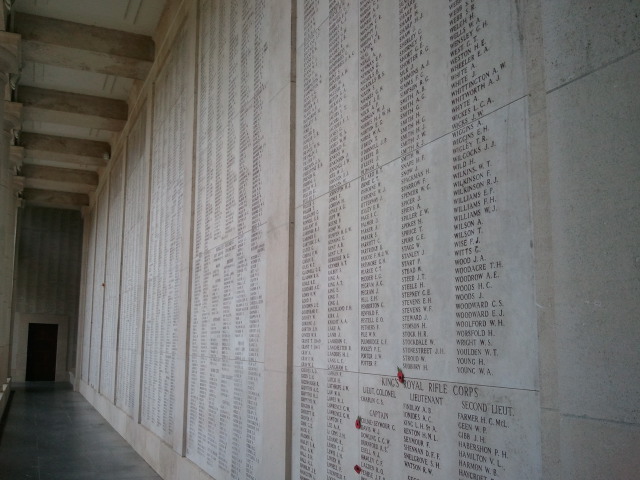
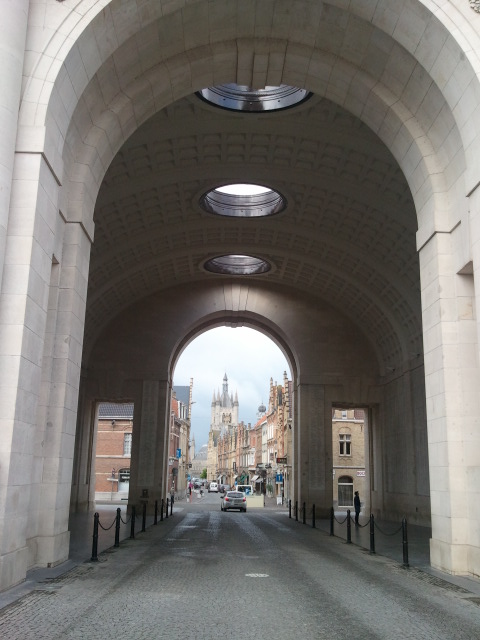
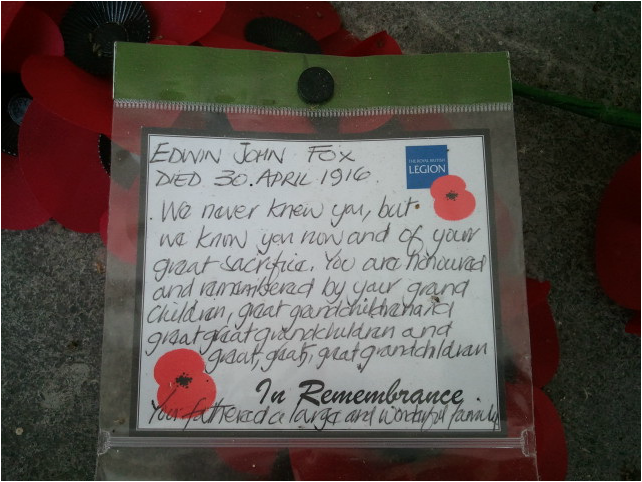













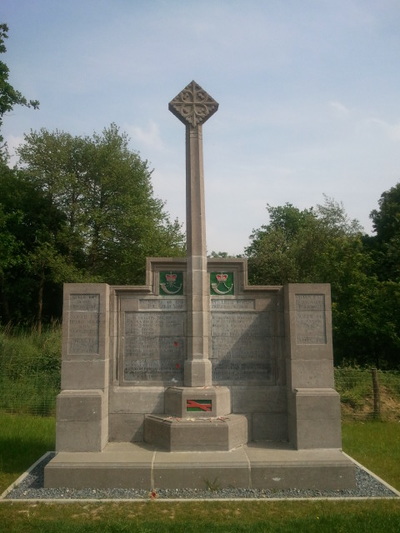

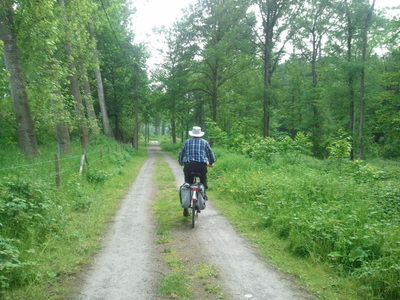
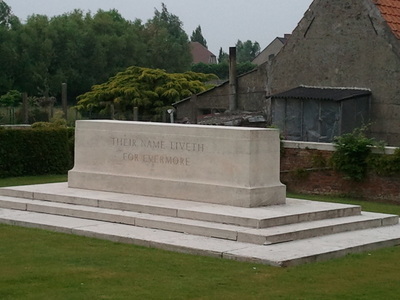
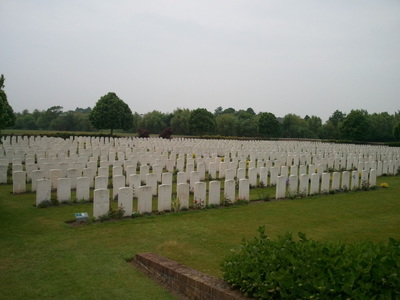


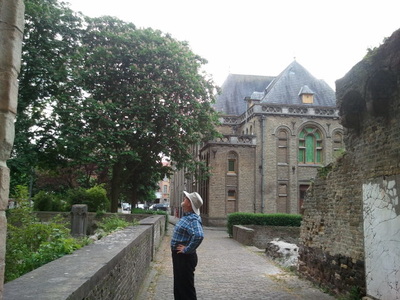



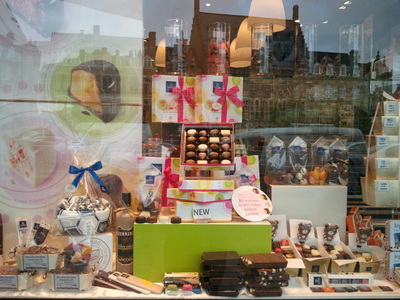
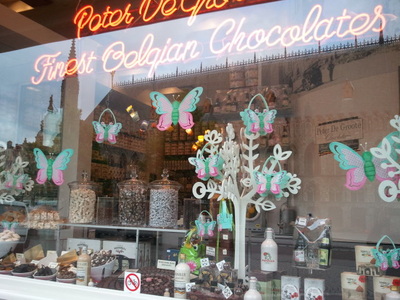





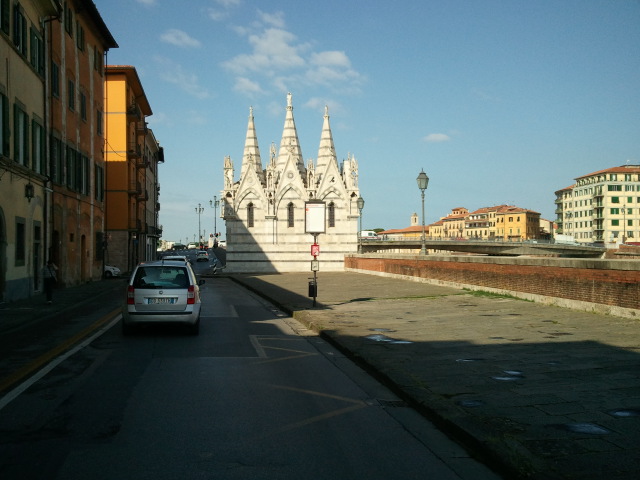
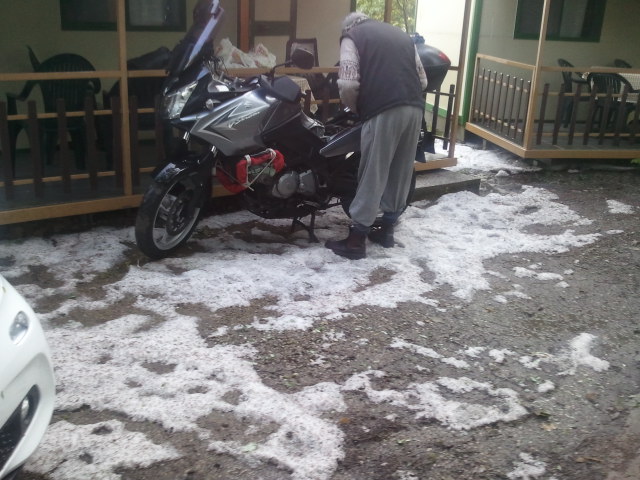








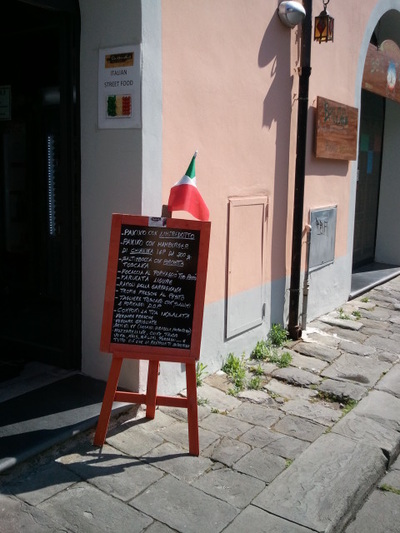



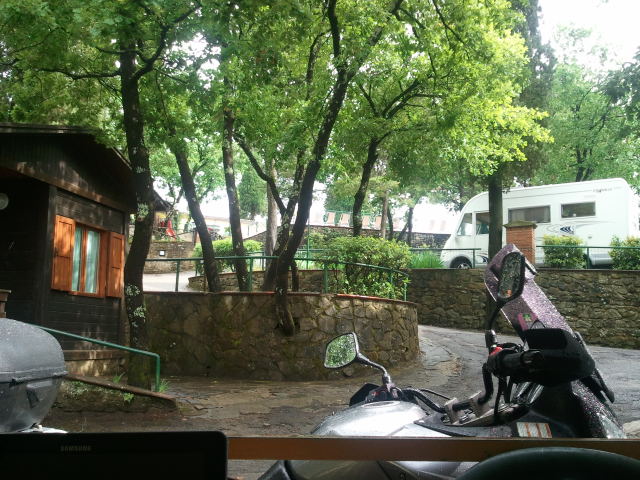




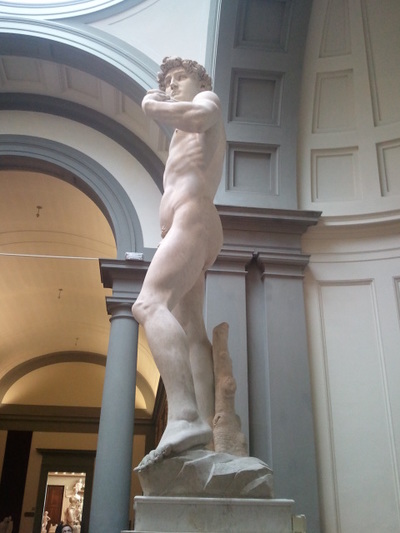


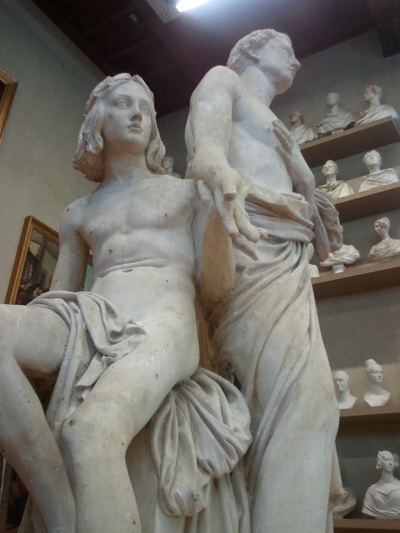

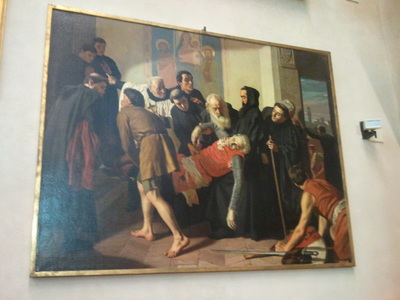








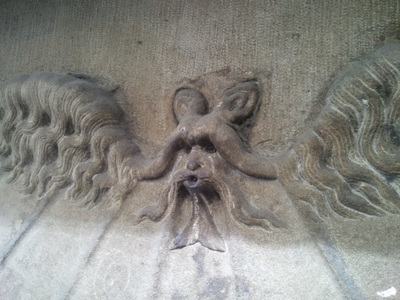
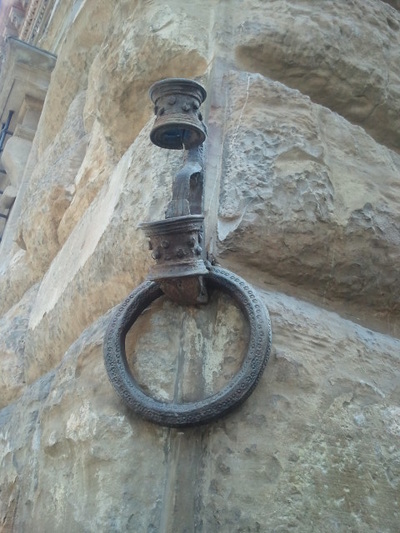



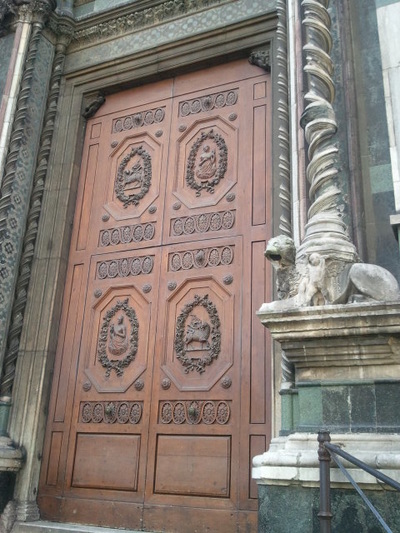

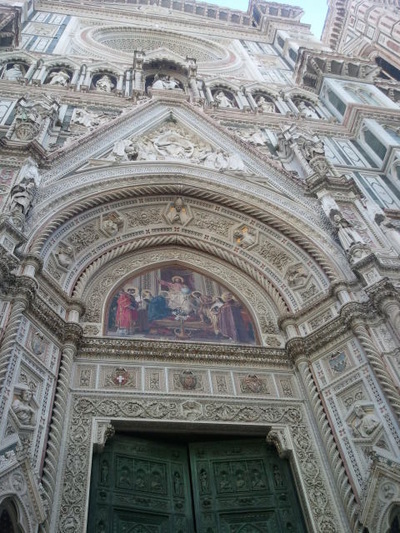








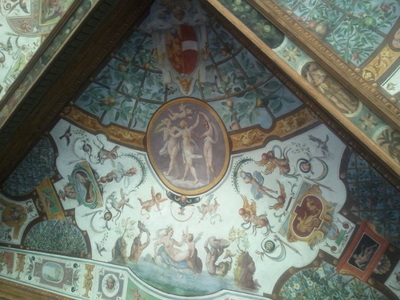




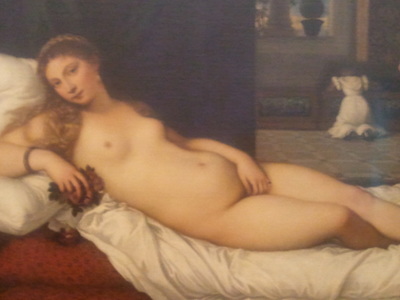














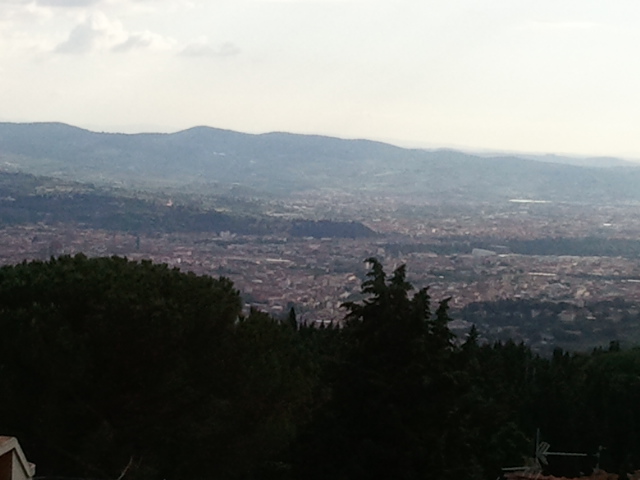





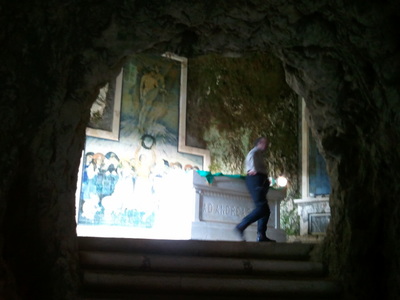


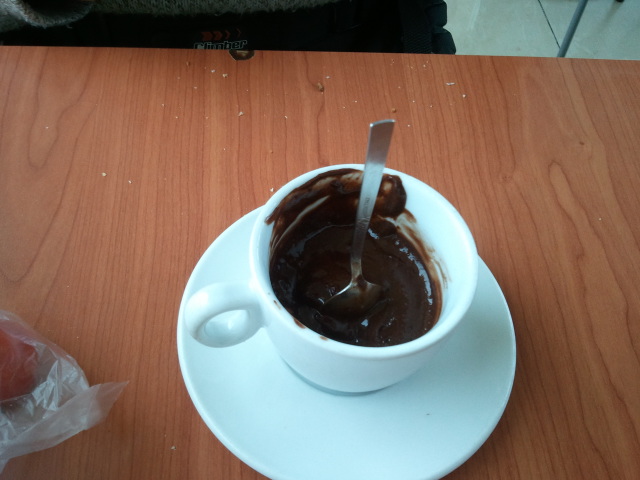






 RSS Feed
RSS Feed
